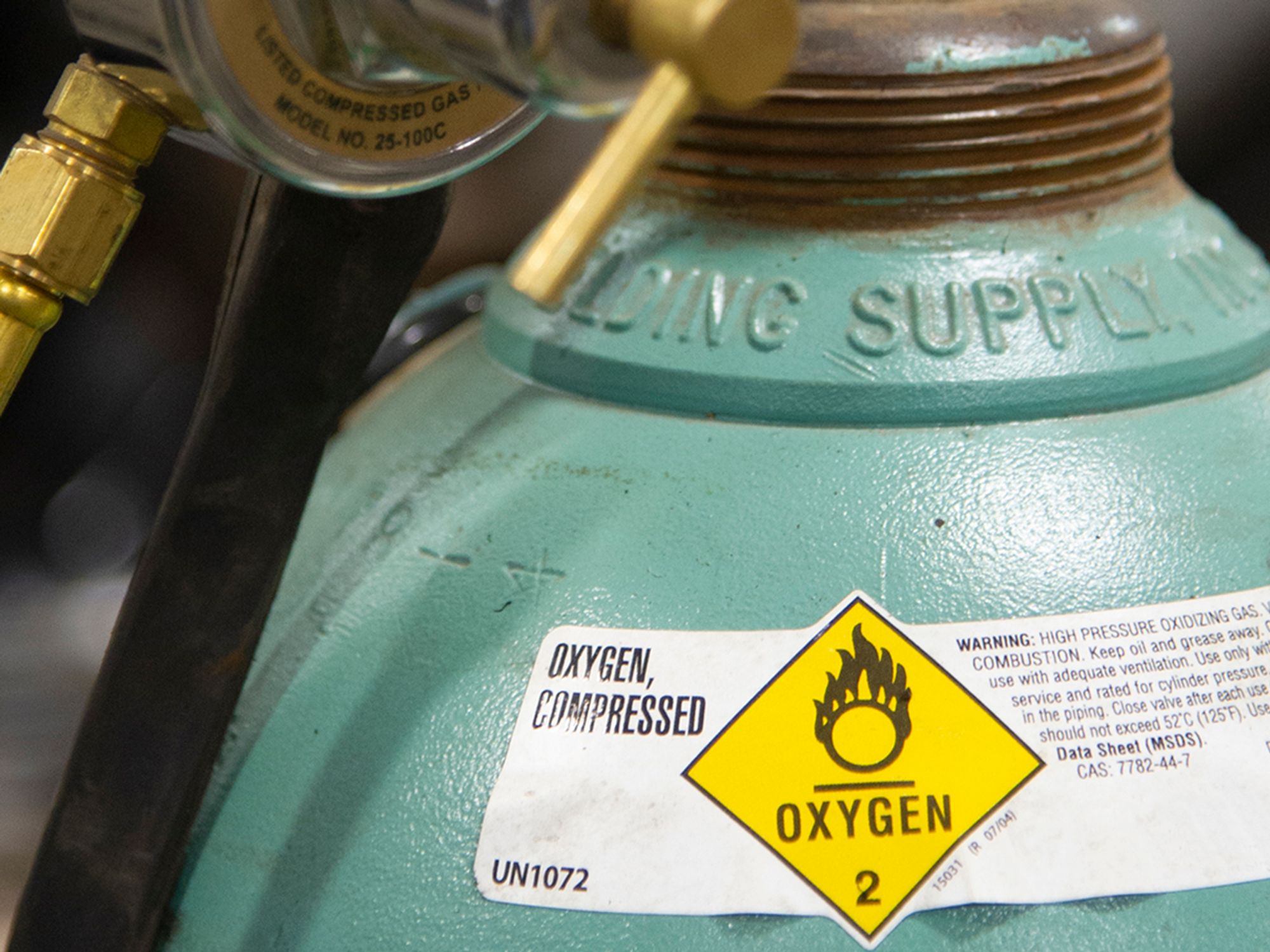InstituteSafety & HealthConstruction SafetyGeneral Industry SafetyHydrogenHazardous Materials Safety - OSHAEnglishAnalysisFocus AreaCompliance and Exceptions (Level 2)USA
Hydrogen
['Hazardous Materials Safety - OSHA']

- Hydrogen is a compressed gas that is both an asphyxiant and an explosive that can lead to unconsciousness and burns if not used correctly.
- OSHA requirements apply to the installation of gaseous and liquified hydrogen systems on consumer premises.
- Regulatory information for hydrogen can be found under 29 CFR 1910.103.
Hydrogen is a compressed gas used in controlled atmospheres, fuel, metal cutting, and hydrogenation. The substance is an asphyxiant and an explosive. Exposure can lead to drowsiness and unconsciousness. Contact with hydrogen in liquid form may also cause severe burns and frostbite.
Regulatory information for hydrogen can be found under , but specific requirements from the Occupational Safety and Health Administration’s (OSHA’s) standard are as follows:
- 1910.103(b) — applies to the installation of gaseous hydrogen systems on consumer premises where the hydrogen supply to the consumer premises originates outside the consumer premises and is delivered by mobile equipment.
- 1910.103(b) — does not apply to gaseous hydrogen systems having a total hydrogen content of less than 400 cubic feet, nor to hydrogen manufacturing plants or other establishments operated by the hydrogen supplier or its agent for the purpose of storing hydrogen and refilling portable containers, trailers, mobile supply trucks, or tank cars.
- 1910.103(c) — applies to the installation of liquefied hydrogen systems on consumer premises.
- 1910.103(c) — does not apply to liquefied hydrogen portable containers of less than 150 liters (39.63 gallons) capacity; nor to liquefied hydrogen manufacturing plants or other establishments operated by the hydrogen supplier or its agent for the sole purpose of storing liquefied hydrogen and refilling portable containers, trailers, mobile supply trucks, or tank cars.
What is required in the workplace?
Employers must:
- Ensure gaseous system containers are designed, constructed, tested, and maintained in accordance with Department of Labor (DOT) specifications. (Systems should also be provided with substantial noncombustible supports);
- Ensure gas containers are marked;
- Ensure containers are equipped with safety relief devices. (See American Society of Mechanical Engineers (ASME) Boiler and Pressure Vessel Code, Section VIII);
- Only use suitable piping, tubing, fittings, and gauges;
- Mark the storage location as “HYDROGEN - FLAMMABLE GAS - NO SMOKING - NO OPEN FLAMES;”
- Locate systems per Table H-1 and H-2; and
- Ensure liquefied hydrogen storage is maintained per 1910.103(c)(2), including Table H-3.
